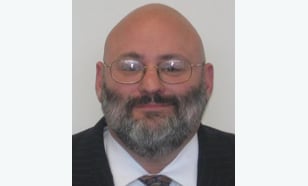Editor’s note: This is the second in a two-part series.
Last week, I discussed the case, United States v. Ganias, 824 F.3d 199 (2nd Cir. 2016), cert. denied, No. 16-263 (S.Ct. Dec. 5), in which the U.S. Court of Appeals for the Second Circuit, en banc, reversed a panel opinion that had vacated the defendant’s criminal conviction for two counts of tax evasion on the ground that the search of the defendant’s computers violated the Fourth Amendment. The search had been conducted upon forensic images (often referred to as “mirror” images) of hard drives of the defendant’s computers, which drives had been imaged in 2003 as part of execution of a search warrant for evidence of one crime, then re-searched in 2006 as part of execution of a second search warrant for evidence of the tax evasion charges. In this part of the series, I discuss the meaning and importance of forensic imaging, and the Second Circuit’s take on all of it.



